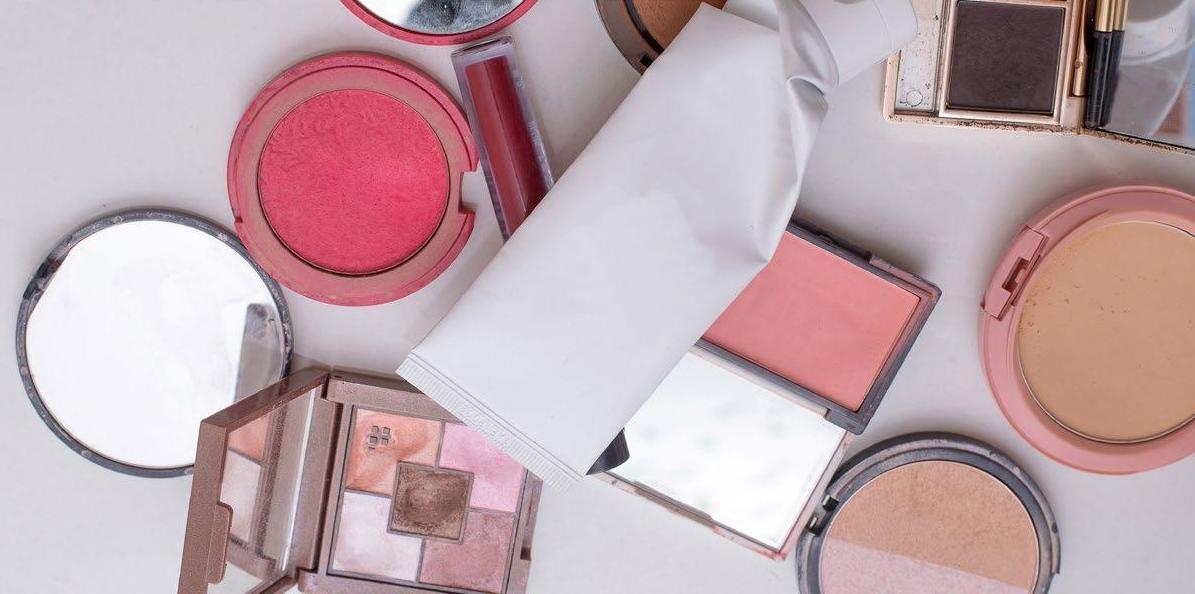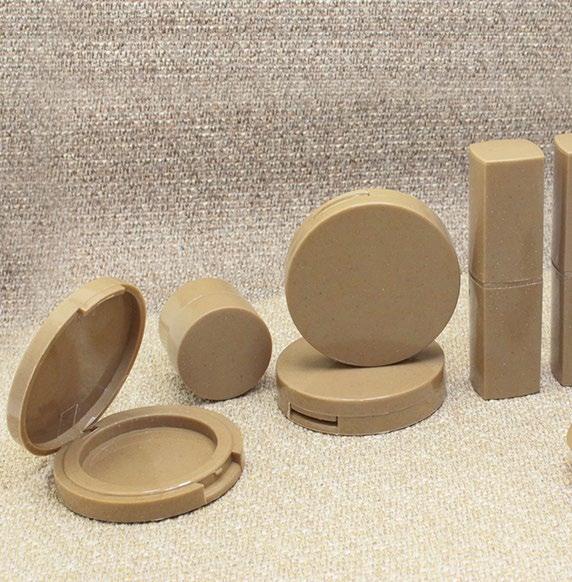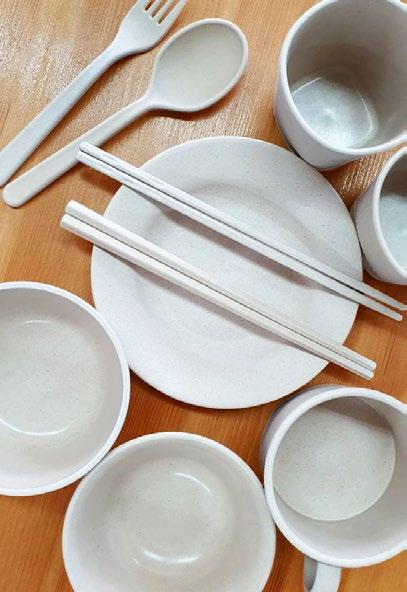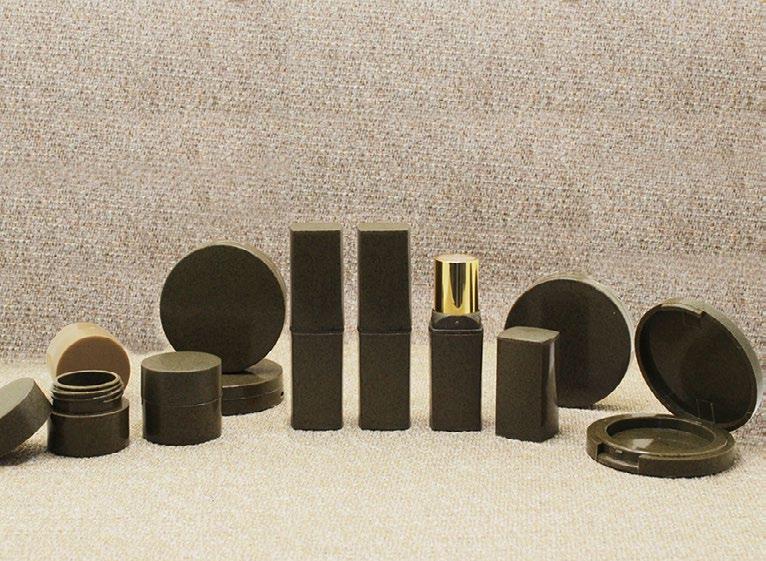
7 minute read
EPR consultation brings make-over for
EPR consultation brings make-over for regulations
By Dominique Barry, Strategic Account Manager, Valpak
Advertisement
The final consultation on extended producer responsibility is upon us and, with it, the greatest transformation that packaging legislation has undergone. Dominique Barry, Strategic Account Manager at Valpak, explains what it will mean for the beauty product packaging supply chain.
he packaging industry is on the brink of epic change. While the detail of new policy is still uncertain, we do know that total costs of packaging compliance for industry are set to rise from circa £300m in 2019 to £2.7bn when EPR is fully adopted in 2024. The increase will be borne by brand owners and importers..
The impact will be exceptional. Where the first regulations focused on building the infrastructure and procedures to enable recycling, the new, updated EPR is likely to result in a whole system change that incorporates design, brands and retailers.
The regulations will affect every type of packaging, from baked goods to shampoo. While individual beauty products are diminutive, their packaging is complex. A perfume bottle with a pump spray, for example, will comprise a number of materials. To provide an accurate compliance report, the perfume bottle needs to be broken down into its constituent parts, with each weighed individually; under the new regime we are likely to extend reporting to cover polymer types and recyclability.
Why are the regulations changing?
The original Packaging Waste Regulations have achieved a high level of success, increasing UK packaging recycling to a rate of 70 percent. However, the challenges we face today call for a new approach.
In 2018, the EU – including the UK – chose to adopt the latest Circular Economy Package. Driven by a commitment to introduce EPR to multiple waste streams, the package calls for retailers and brands to take more responsibility for their products’ packaging.
Specifically, it introduces a requirement to cover the full net cost of recycling packaging at end of life. This includes the cost of collection, which has so far been funded by the tax-payer through local authorities.
What changes are on their way?
Until the consultation closes, and government publishes its decisions, the detail is uncertain, but we do have some clues as to the direction of future policy. Firstly, as the regulations become more ambitious, costs are set to increase by 15-30 percent. The overall aim of the new EPR regulation
is to reduce the negative impact of packaging on the environment, and it is very likely that producers of ‘better packaging’ will be penalised less than those whose packaging is unrecyclable, or which does not contain recycled material. December’s governmentcommissioned research project into modular fees backs this up.
The Plastic Packaging Tax will also have an impact on future packaging design. Under the tax, which comes into force in 2022, producers will incur the tax unless plastic packaging contains 30 percent recycled material.
Challenges
Finding a viable way to mitigate costs will become increasingly important, especially for those businesses set to incur costs under the proposed Deposit Return Schemes and Plastic Packaging Tax, as well as under EPR. Every business is different, so the first step when preparing to become EPR-ready is to create a clear map of potential costs and identify opportunities for change. This might involve the elimination of certain types of plastic, or implementing new systems to ensure that a previously unrecyclable product can be dealt with sustainably.
The importance of data
Such an ambitious overhaul must be underpinned by sound data. Valpak manages 33 million stockkeeping units (SKUs) in its EPIC database, which gives us the largest bank of packaging material information in the UK. It is clear from our records that, while businesses are meeting the legal requirements, there is a lot of work to be done to collate the detail that producers are likely to need for a reformed EPR system. For example, lipstick packaging ranges from aluminium and steel elements to glass, paper, and up to 12 types of plastic. Of the 176 packaging materials listed in EPIC, only six are widely recycled. The majority have no information on recyclability. We list 405 facemask products, which utilise 109 packaging types. Of these, only paper boxes, cartons and inserts are known to be recyclable. The same goes for hair products, deodorants and make-up palettes. If we are to meet the new requirements, we need to start collecting the data now.
For some products, such as mascara, which has a brush attached to its lid, the question is broader; does it fall under the regulations at all – is the lid classified as packaging, or is it part of the product itself?
Lifecycle analysis
Widespread redesign is a challenging prospect, but many have already started the process. Some producers are already compiling data on problematic materials, such as coloured plastic. The next step is to assess the suitability and financial implications of alternative options. Lifecyle analysis is crucial.
The consultation may have been published by the time this issue is printed. The results will affect packaging designers, manufacturers, brands and retailers. The solution is to collect the relevant data, and identify the greatest areas of risk. Starting the journey to become EPR-ready will safeguard the packaging industry, while building a more earthfriendly system for future generations.
How much will EPR cost obligated businesses?
2021 Proposal Producers to fund recovery and recycling of all packaging placed on UK market
Additional cost obligations +£ Disposing of residual waste from households +£ Management of ground & bin litter + education +£ National consumer communications on recycling +£ System administration & enforcement
Costs incurred may be even greater for those affected by Plastics Tax and/or DRS.
No trading of recycling evidence within EPR system. Estimated total first year cost of EPR From Government’s 2021 EPR Impact Assessment
Estimated Cost £2.7bn
Litter Management
NonHousehold Packaging Management
£366m
PRN Revenue (2019) EPR (2024) Household Packaging Management

A new environmentally friendly, sustainable and recyclable manufacturing material

By Lo Mei Cosmetics
s global consumers are increasingly demanding more environmentallyfriendly products and packaging, the shift to sustainable packaging has become more vital than ever before.
Lo Mei Cosmetics is a professional manufacturer specialising in cosmetics packaging, formula research, finished product designs, and production for the past 50 years. We provide superior quality and excellent services to our customers and end-users. To be more competitive in the world markets, Lo Mei established Too Charming Ent. Co. Ltd in 2011 to fit the GMP requirements for cosmetics products (ISO 22716, ISO 14001, ISO 9001, and SA8000), and has introduced additional green initiatives to provide more ecofriendly packaging.
PFP (Plastic Free Package) are the latest green patented materials that are far less harmful to our living environment. PFP materials are plant-based, made from natural harvest waste such as rice husk, bamboo, and green tea, so will not produce bad smoke or dioxins like plastic or other petroleum products while burning. They contain zero plastic elements, heavy metals, or polymers. Thus, PFP is 100% recyclable and able to reduce carbon emission to achieve the goal of the circular economy. The decision aligns with Lo Mei’s value to take


responsibility towards our society and environment and satisfies the future trend for sustainable concept and environmentally conscious products.
As a cosmetics factory, Lo Mei used PFP originally to manufacture cosmetics components such as tubes and compacts that fully function like regular ones. Since PFP has been awarded food safety certification by SGS, we can use PFP in daily consumable products like tableware such as spoons, chopsticks, bowls, etc. Furthermore, PFP can replace plastic products like shampoo bottles, flowerpots, containers, and so on.
“Environmental, social, and governance are the goal we want to achieve with a high score,” said Allan Kuo, Sales Vice President. “Sustainable products play a major role as we only have one earth. We are thrilled to introduce this new green material and guide our customers to have more ecofriendly options.”
We would love for you to collaborate with us on your next project to develop more ecofriendly products in the future. To be better for society and the environment as a whole, PFP is your best choice.


Contact No.328, Fu Dao Rd., Lukang Cheng, Chang Hua, Taiwan Tel 886 4 7762315 Fax 886 4 7762395 Email ak@lomeicosmetics.com www.lomeicosmetics.com
Top left & bottom right image: Cosmetic components made out of PFP (rice husk & green tea). Top right: Tableware made out of PFP (bamboo).











